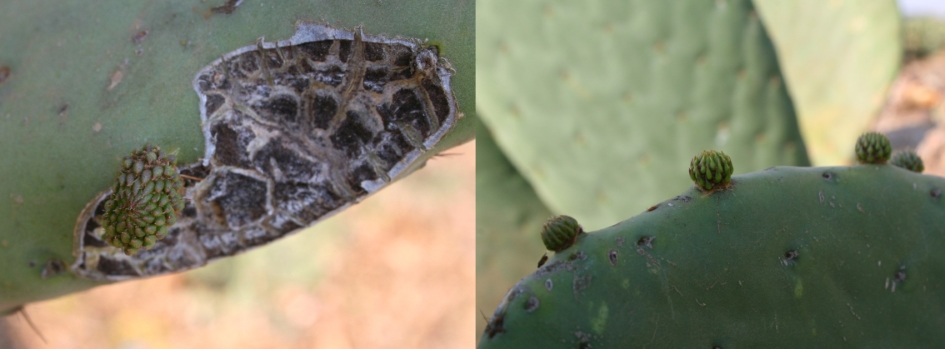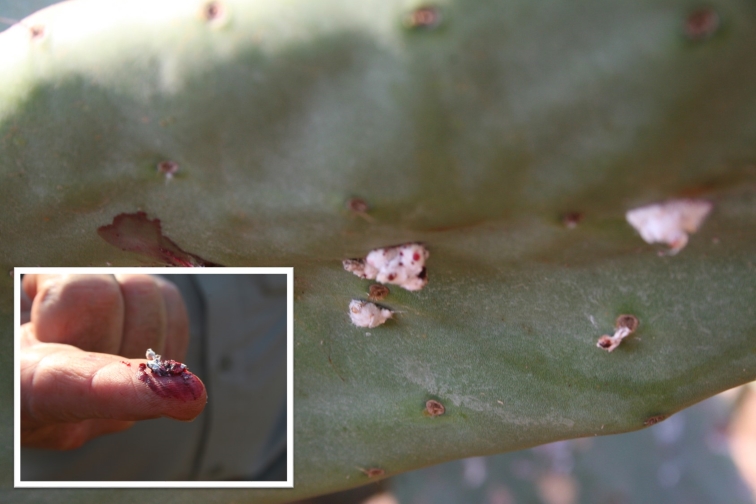For those of you that don’t know, Saturday, 16 September is Mexican Independence Day. Every year, the Embassy of Mexico in Pretoria throws a special celebration for the Mexican community and some specially-invited local guests. This year, Hector decided to contribute with a special dish for the event – a fresh Nopales salad!!!
Nopales are the young and tender paddles of the prickly pear cactus. They are an essential part of authentic Mexican cuisine. The cactus is even on our flag! Don’t let the prickly exterior scare you – nopales are a delicious and healthy ingredient.
Late last year, Hector was put into contact with a young farmer and his wife – Marcell and Diva Linde. They have been working on developing a customer base for fresh nopales in South Africa in order to develop another revenue stream for their family’s farm. For Mexicans in South Africa, it is an exciting prospect to find this ingredient fresh.
Since the start of the season happened to coincide with Mexican Independence Day, it seemed like the perfect opportunity to show-case fresh nopales with a salad at the celebration. Unfortunately, it might not be…

While Hector has been chatting to Marcell regularly over the last few months in order to organise the nopales, mother nature decided not to help us out. The season for Marcell’s cacti is a bit late this year…

Hector went to the farm – based just outside of Johannesburg – to check it out. Unfortunately, Marcell was right and the nopales weren’t even close to ready, but Hector did learn quite a lot about this humble cactus.

Marcell’s father, Martin, was there to show Hector around. He explained how the fruit and leaves develop and how to tell the difference between a young nopal and a young fruit. It’s a tricky one, but look at the photos below and see if you can tell the difference:

He also described some of the pests that attack his plants – such as the cochineal bug which was introduced to South Africa to control the wild prickly pear population that was once over-populated in wild areas due to a lack of naturally-occurring parasites. The cochineal bug is sometimes used itself to make red food dyes as it contains a deep red pigment.

Martin even explained how the cactus is propagated. Needless to say, Hector bought some leaves home to try and grow himself. We should have our own nopales in about 5 years…

Marcell and Martin are still trying to source the fresh nopales for the event from other growers but in case it doesn’t come together, or you won’t be at the event, you can always try our imported pickled Mexican nopales:

Thank you to Marcell and Martin for their hospitality and delicious cactus pear juice samples!
We look forward to trying your nopales later in the season in our Nopales Salad Recipe.
